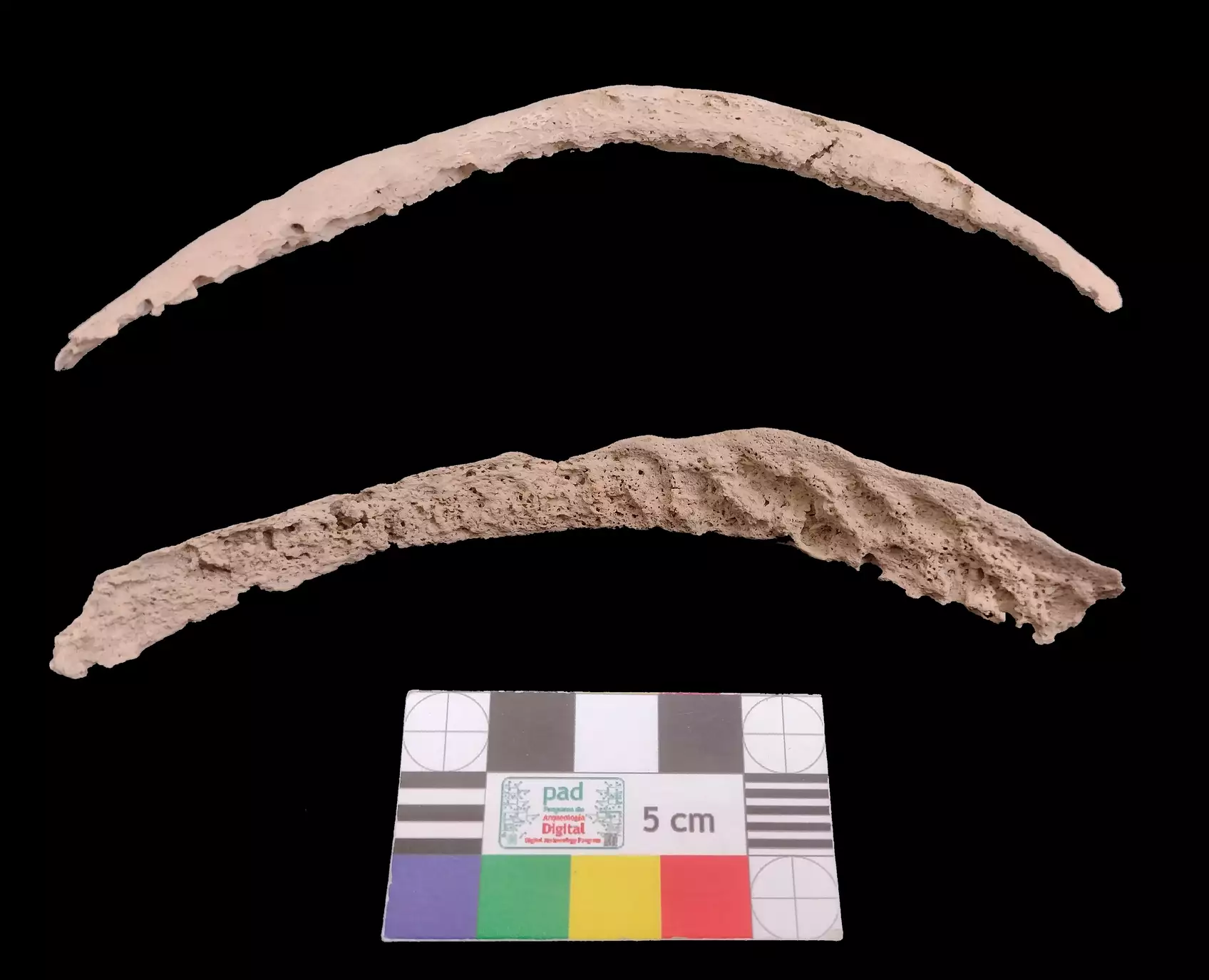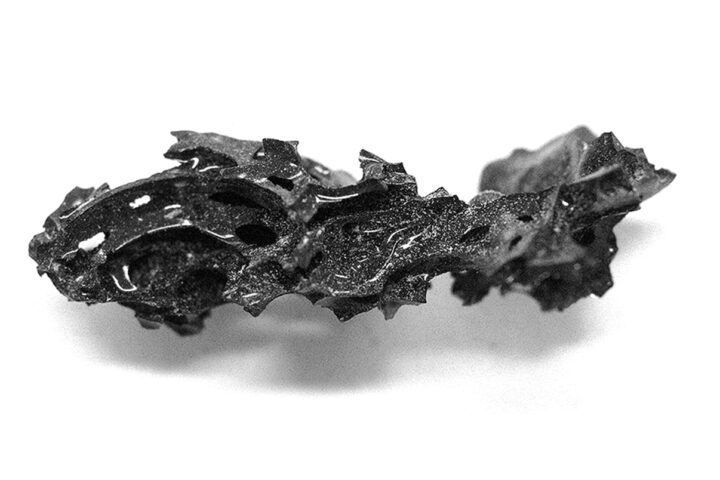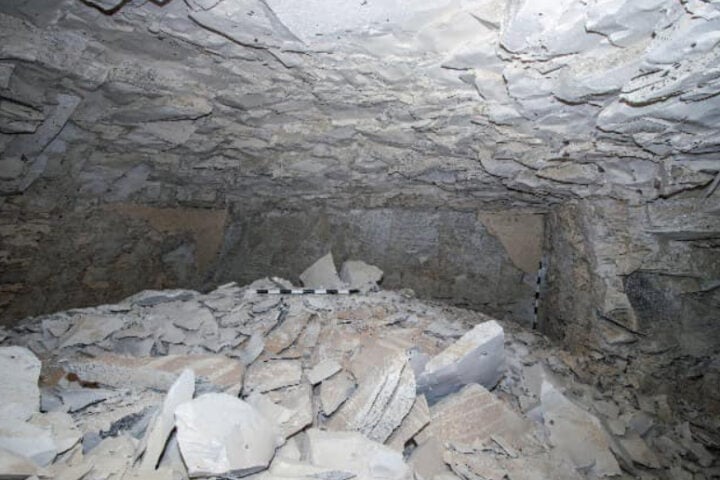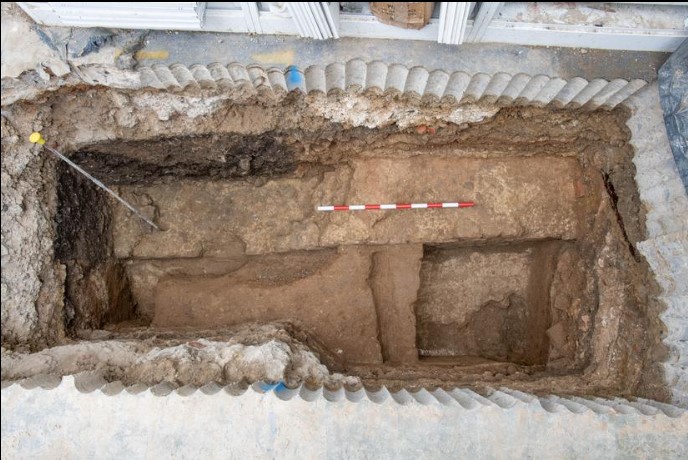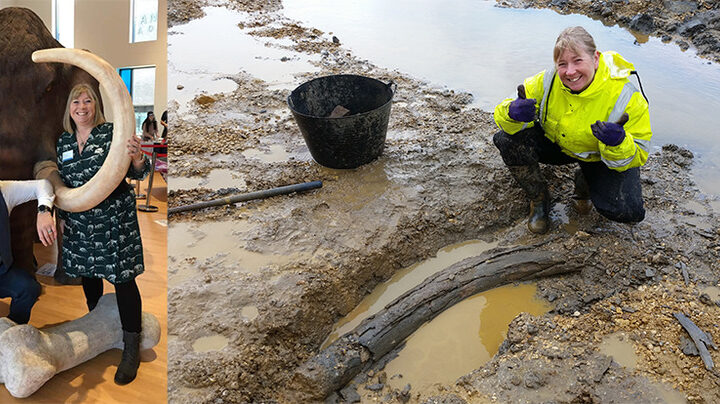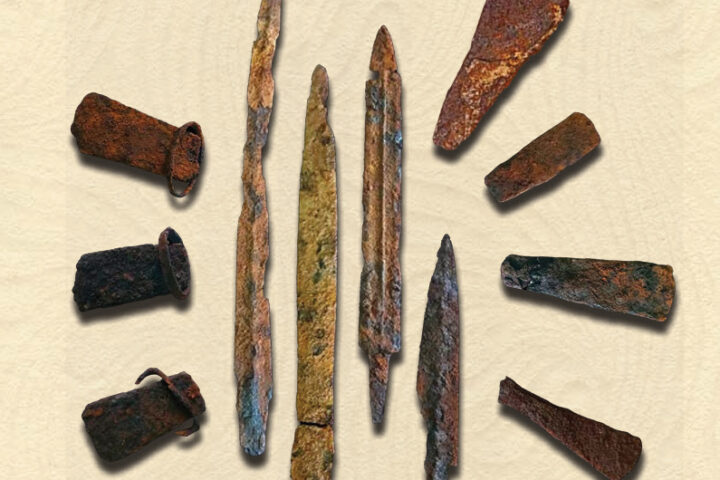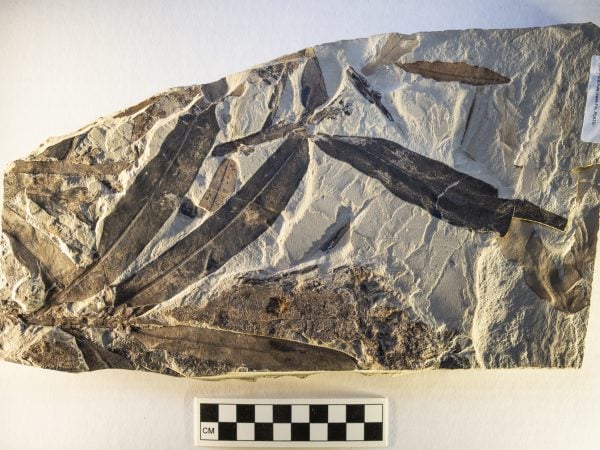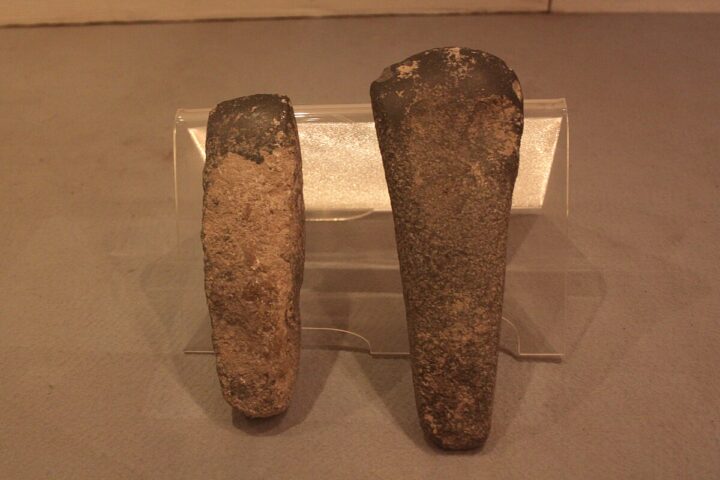Ancient DNA evidence has provided new insights into the long-debated origins of syphilis, indicating its emergence in the Americas approximately 9,000 years ago. A study published in Nature on December 18, 2024, by researchers at the Max Planck Institute for Evolutionary Anthropology presents genetic evidence of the disease’s American origins.
The research team, led by archaeogenetics Kirsten Bos, analyzed dozens of skeletons from Chile, Argentina, Peru, and Mexico, successfully reconstructing five genomes. Their genetic analysis revealed that Treponema pallidum, the bacterium responsible for syphilis, evolved from an ancient precursor that existed in the Americas millennia before European contact.
“Four of the five skeletons we analyzed are dated before 1492, meaning that this pathogen diversity was already present in the Americas at the time of Columbian contact,” Bos stated in an interview with Archyde. The team’s bacterial samples included three subspecies of the treponemal bacterial family, which cause different diseases, including modern syphilis.
The Global Journey
The first documented European syphilis outbreak occurred in 1495, in a French army camp, just one year after Columbus’s return from America. Within five years, the disease had spread throughout Europe, eventually reaching India, China, and Japan.
While the genetic evidence supports aspects of the “Columbian hypothesis,” which suggests Columbus’s crew introduced syphilis to Europe, the complete story remains complex. Mathew Beale, a genomics expert at the Wellcome Sanger Institute who wasn’t involved in the study, notes: “[It shows that] the Americas acted as a reservoir where [syphilis-causing bacteria] were widely circulating. It could still have come to Europe from elsewhere or have already been there.”
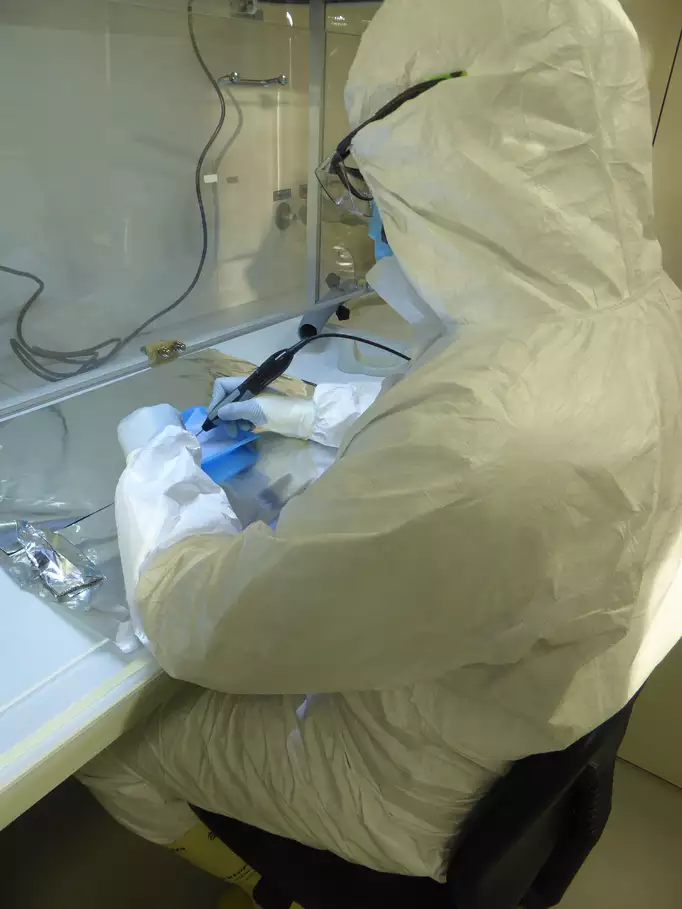
Scientific Methodology
The research team employed advanced genetic analysis techniques to study bacterial DNA preserved in bone lesions. By comparing genetic differences between ancient treponemal subspecies and modern syphilis samples, they calculated the pathogen’s evolutionary timeline.
“Our model suggests syphilis first appeared on the scene around 500 or 600 years ago, either in the Americas, or in Europe (or elsewhere) from a [bacterial] strain introduced from the Americas,” Bos explained.
Similar Posts
Modern Implications
Current statistics show over 8 million new syphilis cases annually through sexual transmission, while congenital syphilis causes approximately 200,000 stillbirths. The emergence of antibiotic-resistant strains presents new challenges for public health systems worldwide.
Kerttu Majander, an archeogeneticist at the University of Basel, emphasizes the contemporary relevance: “[The study shows] that syphilis has the capability of adapting to any environment. It raises the question whether other treponemal diseases existed before, and whether new, more aggressive diseases could emerge in the future.”
The research adds important evidence to ongoing scientific discussions about the disease’s evolution and transmission patterns. As antibiotic resistance increases, understanding syphilis’s ancient origins becomes crucial for developing effective modern treatments.
